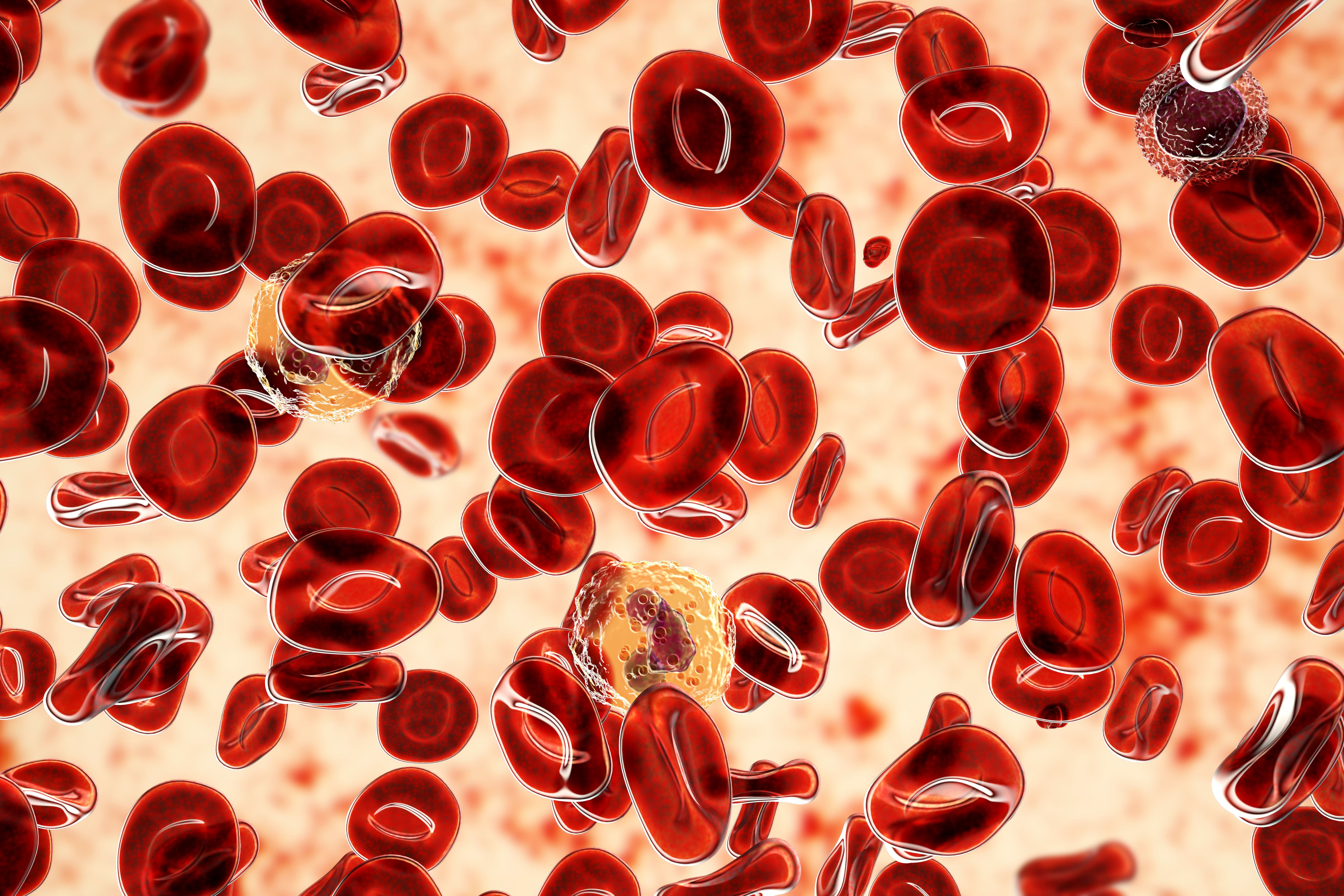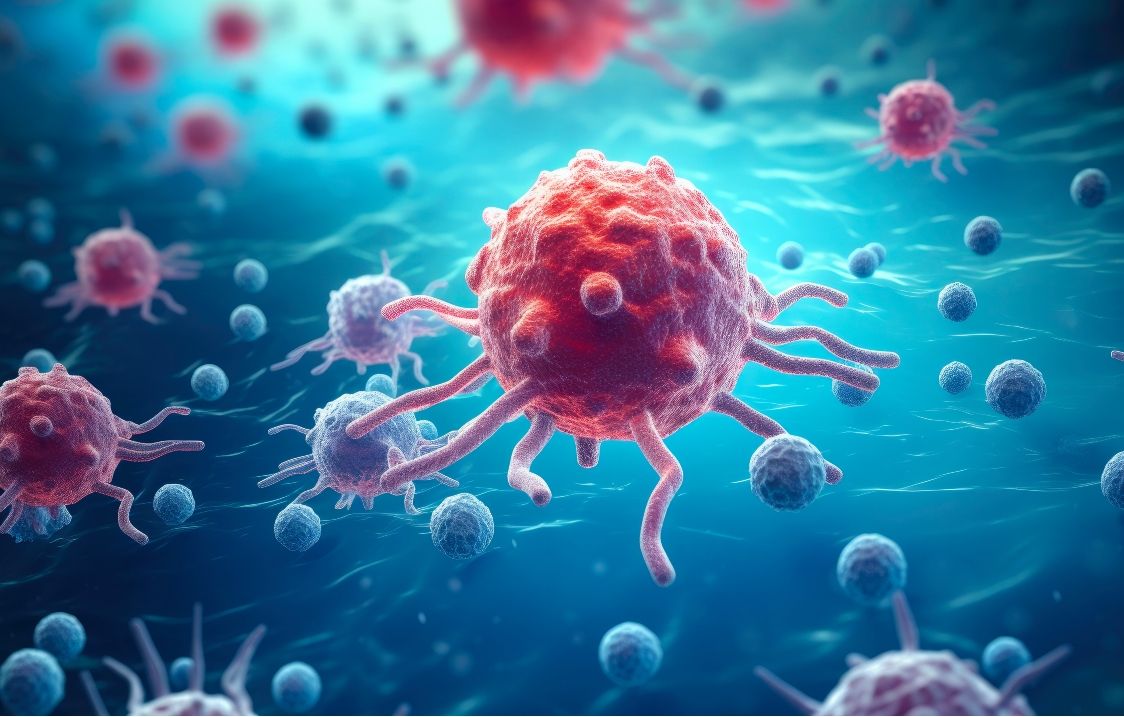Article
Maintenance Therapy for Multiple Myeloma Needs Improvement Beyond Lenalidomide, Study Says
Author(s):
Maintenance therapy with lenalidomide remains a standard of care for patients with multiple myeloma. However, optimizing maintenance therapy in this setting is required as a result of lenalidomide’s lack of overall survival benefit and improvement in outcomes for patients with high-risk cytogenic abnormalities, according to a recent study.
Maintenance therapy with lenalidomide remains a standard of care for patients with multiple myeloma. However, optimizing maintenance therapy in this setting is required as a result of lenalidomide’s lack of overall survival benefit and improvement in outcomes for patients with high-risk cytogenic abnormalities, according to a recent study.
Multiple myeloma is a hematologic malignancy in the bone marrow. Because of the incurable nature of the disease, the therapeutic goal is not curative but to keep the disease in remission for as long as possible.
Treatment for multiple myeloma typically consists of 3 major stages: induction, consolidation, and maintenance. The first step, induction, involves giving chemotherapy along with other forms of treatments to force the disease into remission. Afterward, consolidation proceeds and intensive chemotherapy is given to reduce the number of leukemia cells that persisted after induction. Finally, if the disease remains in remission after induction and consolidation, the patient will receive certain drugs for continuous use during maintenance phase to extend the duration of remission.
Lenalidomide is one of the drugs approved and used for maintenance treatment to extend progression-free survival in patients with multiple myeloma. Because it is formulated orally, lenalidomide is particularly convenient for patients to use. Furthermore, it is well tolerated, with few toxicities. Some of the toxicities to monitor include thrombocytopenia, decreases in renal function, and the development of other malignancies. Data from multiple trials have shown lenalidomide to be effective and well tolerated in both patients who are transplant eligible and ineligible.
One area of interest with lenalidomide maintenance therapy is whether all patients need continuous maintenance therapy and for how long. For patients who achieved adequate responses during induction and consolidation, the continuous use of lenalidomide remains unclear. To address this issue, investigators are turning to long-term minimal residual disease monitoring and next-generation sequencing.
Although lenalidomide maintenance has been successfully used for maintenance therapy, it lacks an overall survival benefit. In patients with high-risk cytogenetic abnormalities with a poor prognosis, lenalidomide did not improve their survival benefits. New standards of care, such as personalized medicine, will be needed to improve outcomes for these patients.
Reference
Mateos MV, de la Calle VG. Lenalidomide as maintenance for every newly diagnosed patient with multiple myeloma. Lancet Oncol. 2019;20(1):5-6. doi: 10.1016/S1470-2045(18)30764-2.





